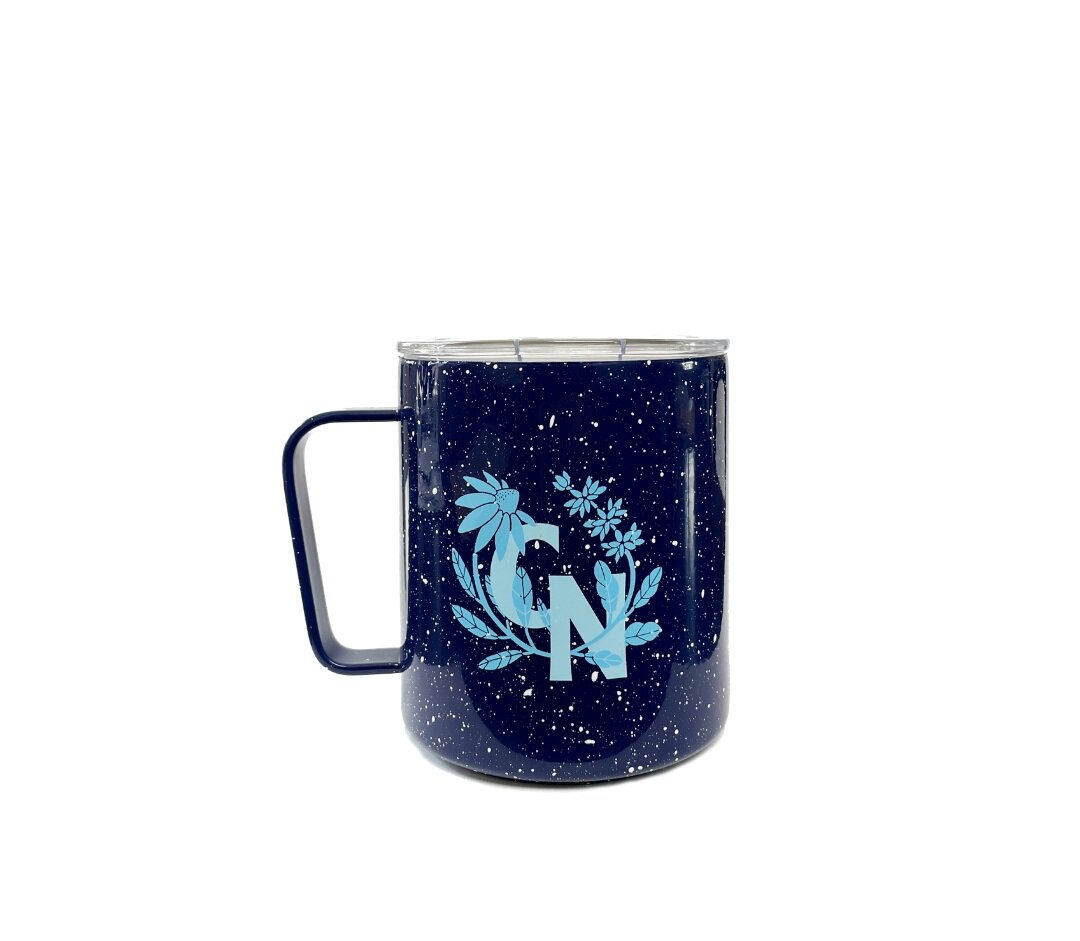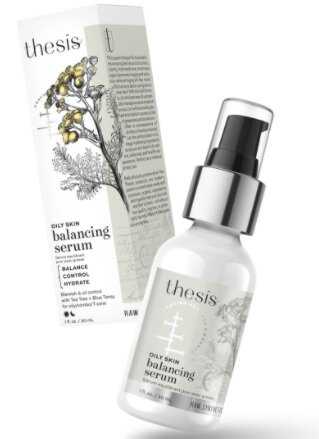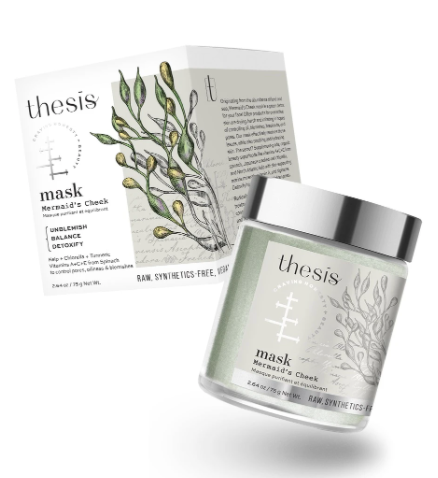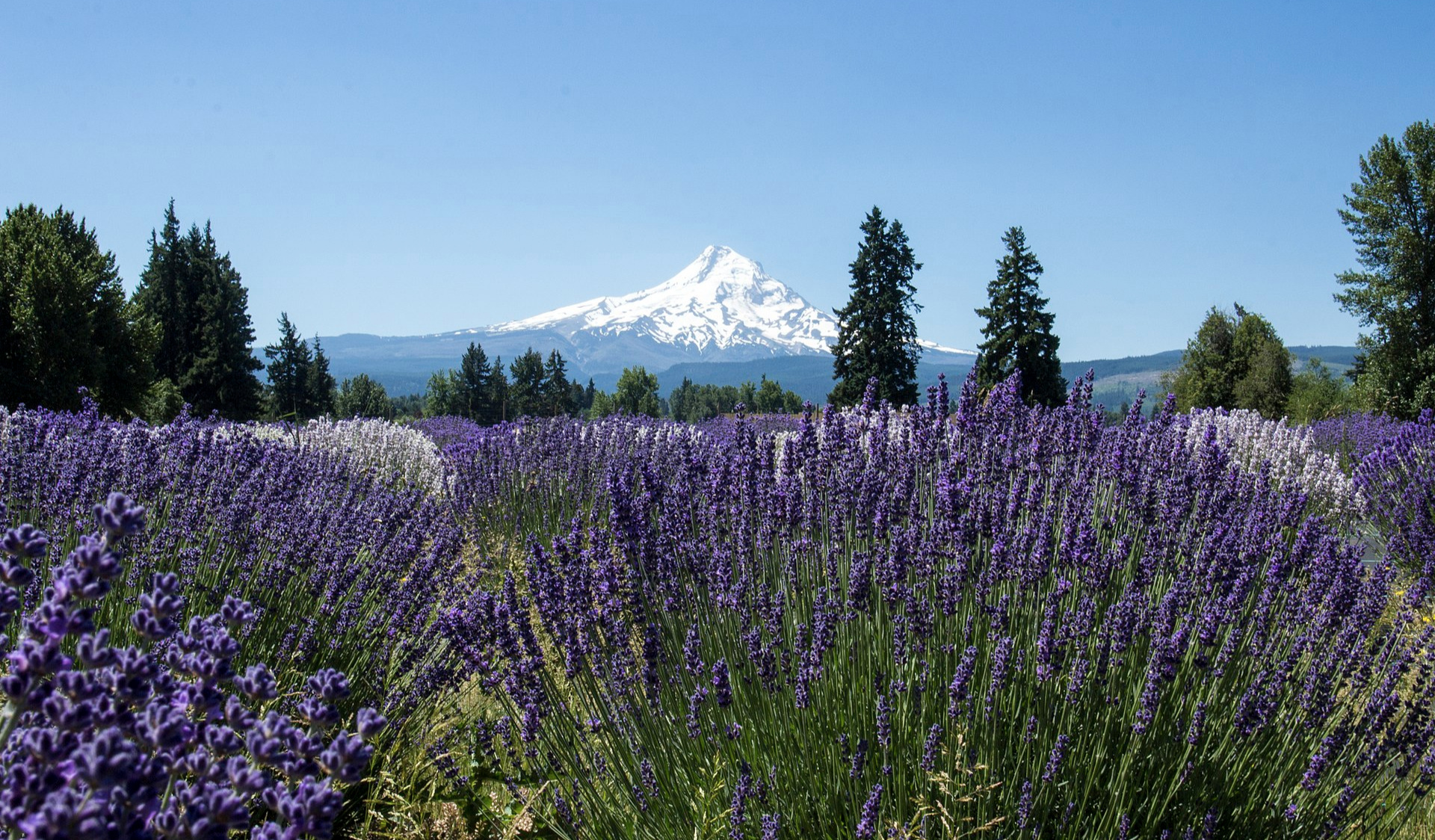By Amber Testa
CN Supplements Buyer & Armchair Mycologist
hericium erinaceus via Wikimedia Commons
Whether cultivated or encountered in the wild, Lion's Mane is a truly striking fungus. Cascades of fringelike white spines have inspired a variety of unusual names, mostly animal in nature. Its Latin name, hericium erinaceus, literally means 'hedgehog hedgehog'; in German it's called Igel-Stachelbart ('hedgehog goatee'); and one of its common names in Chinese translates to 'Monkey's Head Mushroom'. Nobody's quite sure where exactly the name 'Lion's Mane' came from originally, although the fungi itself is native to North America, Asia, and Europe.
Lion's Mane is saprophytic, meaning it feeds on dead or decaying matter, but it's also a parasite, invading living trees. It's fond of growing on beeches and oaks especially, although Lion's Mane that is grown for commercial use is often grown on a substrate of rice bran.
Unlike many other medicinal mushrooms, Lion's Mane is occasionally used as a culinary mushroom. Chewy and meaty in texture, it is a delicacy in Chinese cuisine, where it is sometimes used as a meat substitute (the taste has been likened to seafood like crab or lobster.) It can be deep-fried or marinated in spices--a versatile ingredient indeed!
In terms of its health benefits, Lion's Mane is remarkably comprehensive. Of particular note is its high antioxidant levels, which fight inflammation in the body. In Traditional Chinese Medicine, they have a long history of being used for neurological support and supporting memory and nerve function, and have been used by Buddhist monks for thousands of years. Lion's Mane is primarily thought of as a nootropic, or a substance which bolsters cognitive function; the many helpful compounds within it have been found to easily cross the blood-brain barrier. Like many other fungi, Lion's Mane has also been found to boost the function of the immune system.
As one of the newer examples of mushrooms being scientifically investigated for their medicinal benefits, there's still a lot of research to be done on quantifying the precise benefits of Lion's Mane. Early studies have already validated it as a powerful addition to the medicinal mushroom canon.
Lion's Mane is most commonly consumed encapsulated in pill form, although you'll occasionally encounter it as a loose powder. It's also often blended with coffee, matcha, or tea to create a tasty, brain-boosting beverage that can be consumed at home or on the go. One of my personal favorites is Tamim Tea's Lion's Spice, where it joins turmeric and ginger in an anti-inflammatory powerhouse.
On the whole, Lion's Mane is a visually striking member of Kingdom Fungi, respected for both its health benefits and culinary uses. It's by far the most popular mushroom supplement we sell here at Cambridge Naturals. You can shop our full selection of Lion's Mane products in-store or on our webstore here.
Sources:
https://www.mushroomexpert.com/hericium_erinaceus.html
http://www.taipeitimes.com/News/feat/archives/2018/04/14/2003691277





























